Black-Scholes at 50: how a pricing model for options changed finance
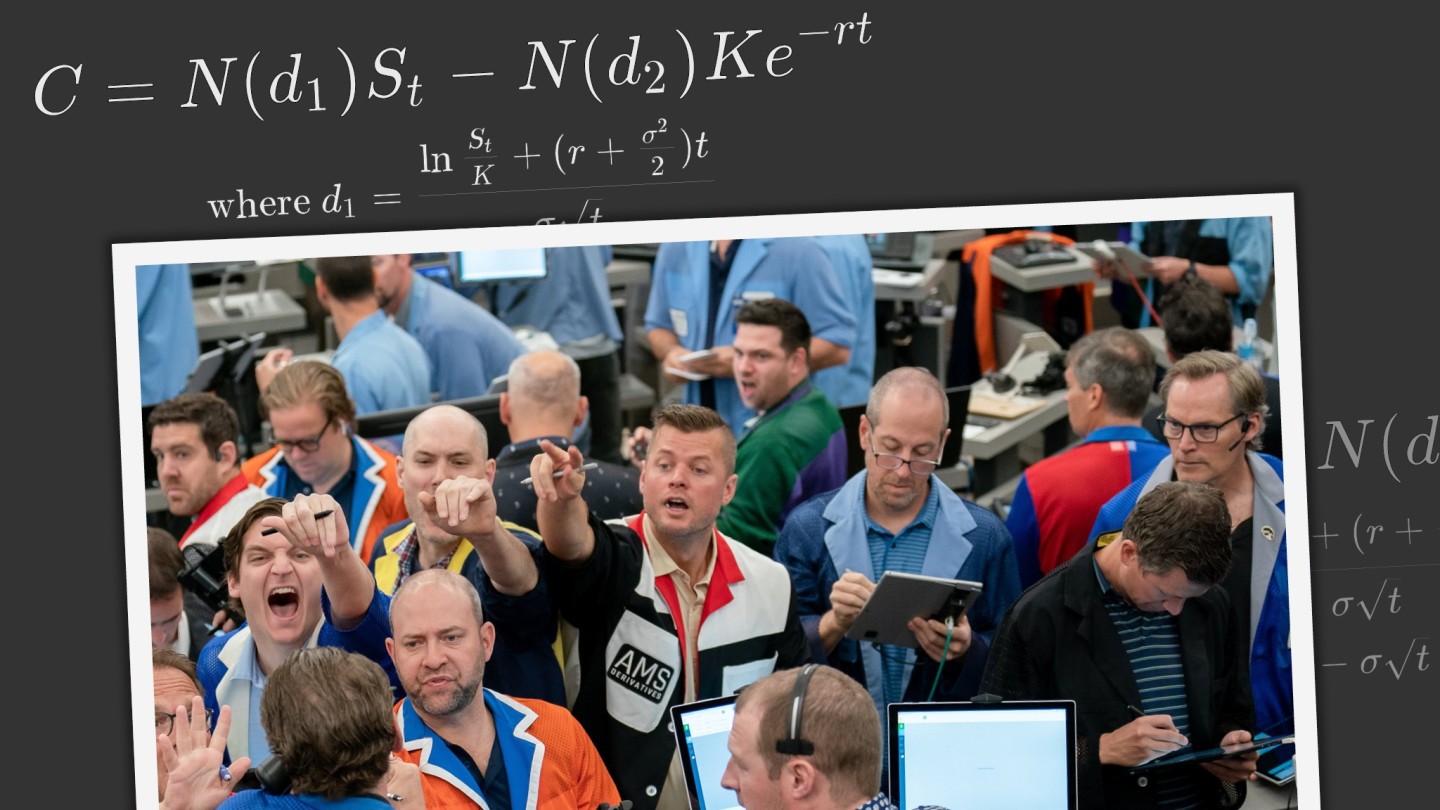
Roula Khalaf, Editor of the FT, selects her favourite stories in this weekly newsletter.
The writer is a professor of sociology at Edinburgh university
Fierce hostility was the first reaction to the Chicago Board of Trade’s proposal to set up an organised market in stock options in the early 1970s. There were “absolutely unsurmountable obstacles”, said one Securities and Exchange Commission official, according to the Board’s Joe Sullivan, who once told me that the same official went so far as to make the somewhat tasteless comparison that options were held in the same regard as “marijuana and thalidomide”.
Options are financial instruments giving their holder a right but not an obligation, for example, to buy a block of shares at a preset price. Options were traded in 17th century Amsterdam, but as Sullivan discovered three centuries later, age had not made them respectable: they were suspected of being tools of gamblers and stock-price manipulators.
The Chicago Board Options Exchange nevertheless succeeded in gathering support from, among others, financial economists, and finally opened on April 26 1973. The following month, independently, economists Fischer Black and Myron Scholes published a path-breaking journal article on the mathematics of options pricing.
Black and Scholes had not been among the economists recruited to support creation of the new exchange, but having a well-regarded economic model of options “was really what enabled the exchange to thrive”, the CBOE’s former counsel, Burton Rissman, told me. “It gave a lot of legitimacy . . . we were faced in the late 60s-early 70s with the issue of gambling. That issue fell away, and I think Black-Scholes made it fall away. It wasn’t speculation or gambling, it was efficient pricing.”
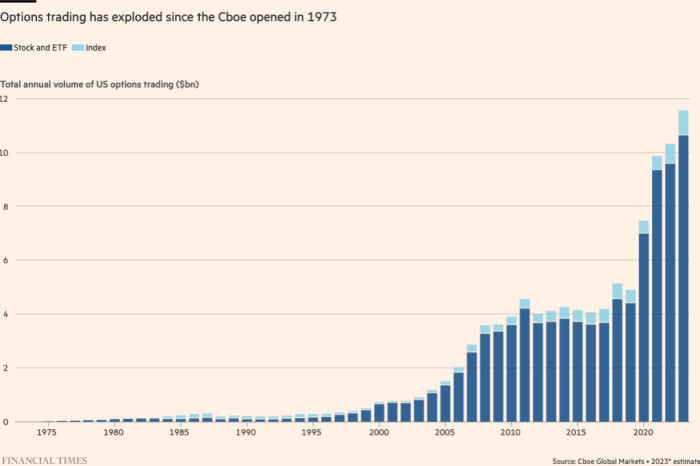
A third economist, Robert C Merton, made the foundations of Black-Scholes more sophisticated, by drawing upon the daunting maths of probabilistic processes in continuous time to create the model’s now canonical mathematical derivation. Strikingly, too, apparently abstruse mathematics found its way into the Chicago exchange’s crowded trading pits, originally mostly via paper sheets of theoretical option prices sold to traders by Black.
Merton the economist is the son of Robert K Merton, one of the 20th century’s most influential sociologists, who popularised the idea of self-fulfilling prophecy. There is an aspect of that in what happened when his son’s model became part of everyday financial practices.
Plausibly — one cannot be certain — use of Black’s sheets by Chicago traders helped drive patterns of prices towards a key prediction of the model, at least on economist Mark Rubinstein’s crucial tests of the model’s validity. If that is right, the model was “performative”, its practical use shifted reality towards its predictions.
As with any economic model, the assumptions of Black-Scholes, such as that everyone can trade as often as they like without incurring transaction costs, seem unrealistic. However, the 1980s and 1990s saw a vast expansion of “financial derivatives” such as options. Big derivatives traders, such as investment banks, used models akin to Merton’s to price derivatives and analyse the risk exposures of their often huge derivatives portfolios.
Mathematically analysed at the portfolio level, the risk exposures of individual derivatives are often mutually offsetting. A big bank was therefore able to avoid expensively hedging the risk of every individual derivative it had bought or sold, instead hedging only its portfolio’s much smaller net risks. That greatly reduces the transaction costs it faces, again moving “reality” towards the model’s predictions.
But prophecies can be self-negating, not just self-fulfilling. Models can be counterperformative: their use can make reality less like their predictions. That arguably happened in the 1987 stock market crash, which involved price falls that were grotesquely unlikely on Black-Scholes’s assumptions. Those falls were probably exacerbated by portfolio insurance, a strategy that employed Black-Scholes to synthesise a “put”: an option to sell at a preset price.
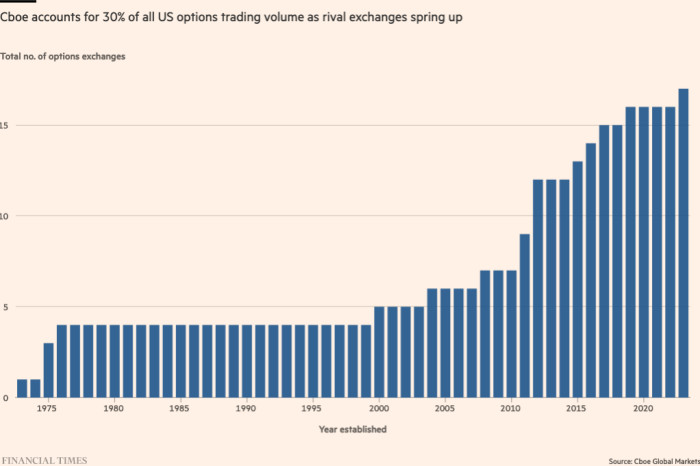
Portfolio insurance required its users to sell ever more share-index futures as prices fell. Sensible enough when it had only a few users, portfolio insurance employed on a large scale became dangerous. And the 1987 crash ended the period in which option-price patterns followed the Black-Scholes model on Rubinstein’s tests. When he repeated them after the crash, he found the systematic discrepancy that options traders call the volatility skew.
Nor, clearly, has banks’ mathematical modelling of financial derivatives been an unalloyed success. The 2008 global crisis cannot be blamed on exchanges such as Chicago’s or on Black-Scholes. The “collateralised debt obligations” that fuelled it were traded bilaterally among banks and investment companies, not in a Chicago pit, and furthermore could not easily be modelled following Merton’s approach.
The more general lesson, however, still holds. A model, technique or product may not remain valid, safe or beneficial as the number of its users grows. That is something that regulators must remember, especially as they create incentives for a whole market to employ similar models and strategies.
Visual and data production by Kari-Ruth Pedersen and Ray Douglas
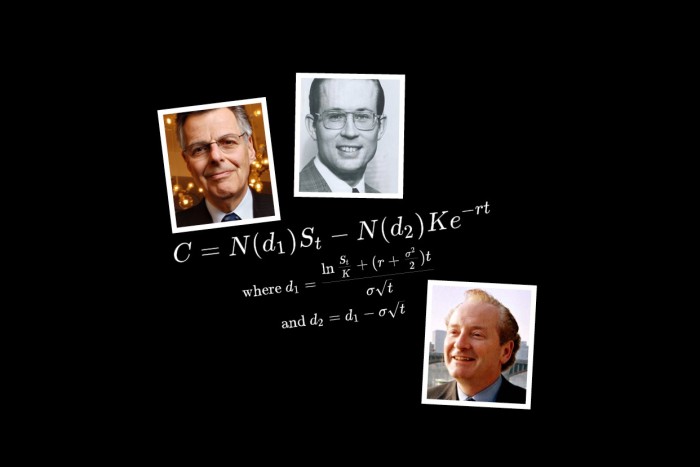
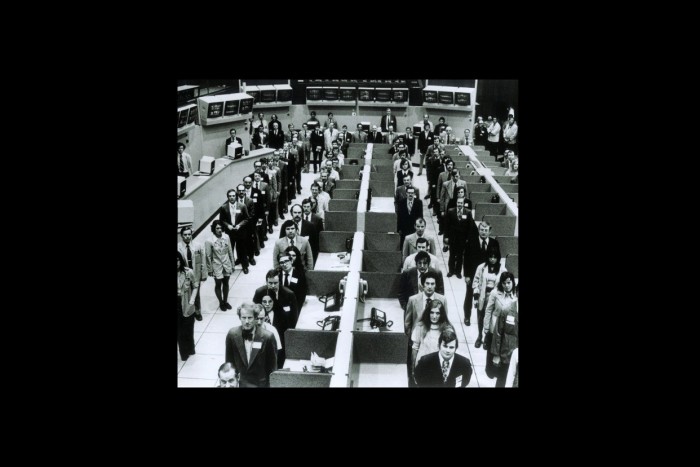
Comments